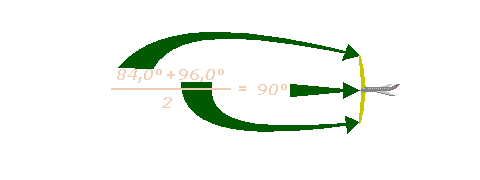The single-pulse concept
The single-pulse technique originated in tracking radar systems in the 1970s, and is now widely used by primary and secondary radars.
Θ A target will be detected by the radar when it is in the direction of the main lobe of the directivity feature.
Θ A classic surveillance radar will receive a certain number of pulses from the target as the feature passes over the target.
Θ When the target is in the direction of the maximum of the main lobe, the received pulse will have the maximum amplitude.
Θ The radar will have a certain error in determining the direction of the target, because it will assume that the target is in the direction of the maximum of the main lobe, regardless of its direction. This error is proportional to the width of the directivity feature lobe.
A simple method of reducing this error is to receive all the pulses reflected by the target as the characteristic passes over it and to determine the direction of the target when the received echo signal has its maximum amplitude.
OBS: Unfortunately this method is affected by errors caused by thermal noise and fluctuations in the actual reflection surface of the target. These errors result in distortion of the amplitude of the pulse train received from the target.
! Another method is to receive all the pulses from the target and calculate the direction as the average of the directions on which the first and last pulse were received.

Determination of angular position